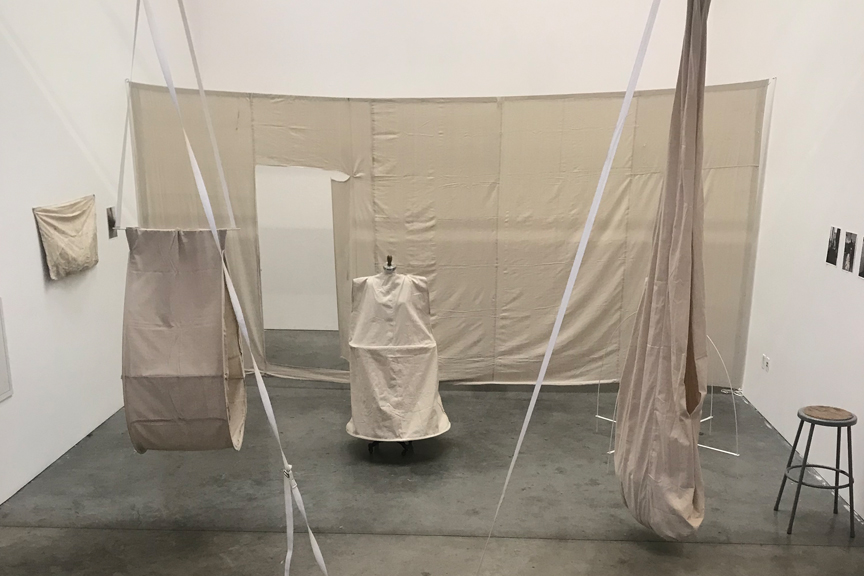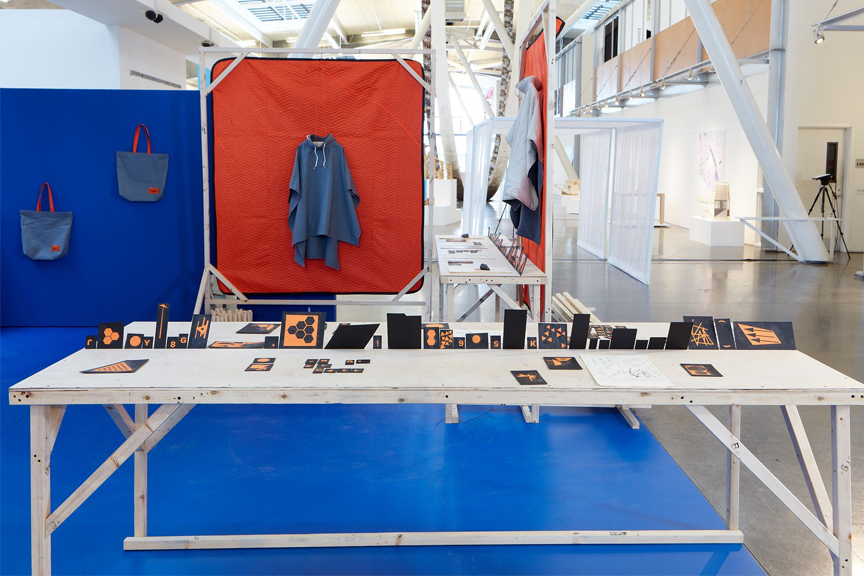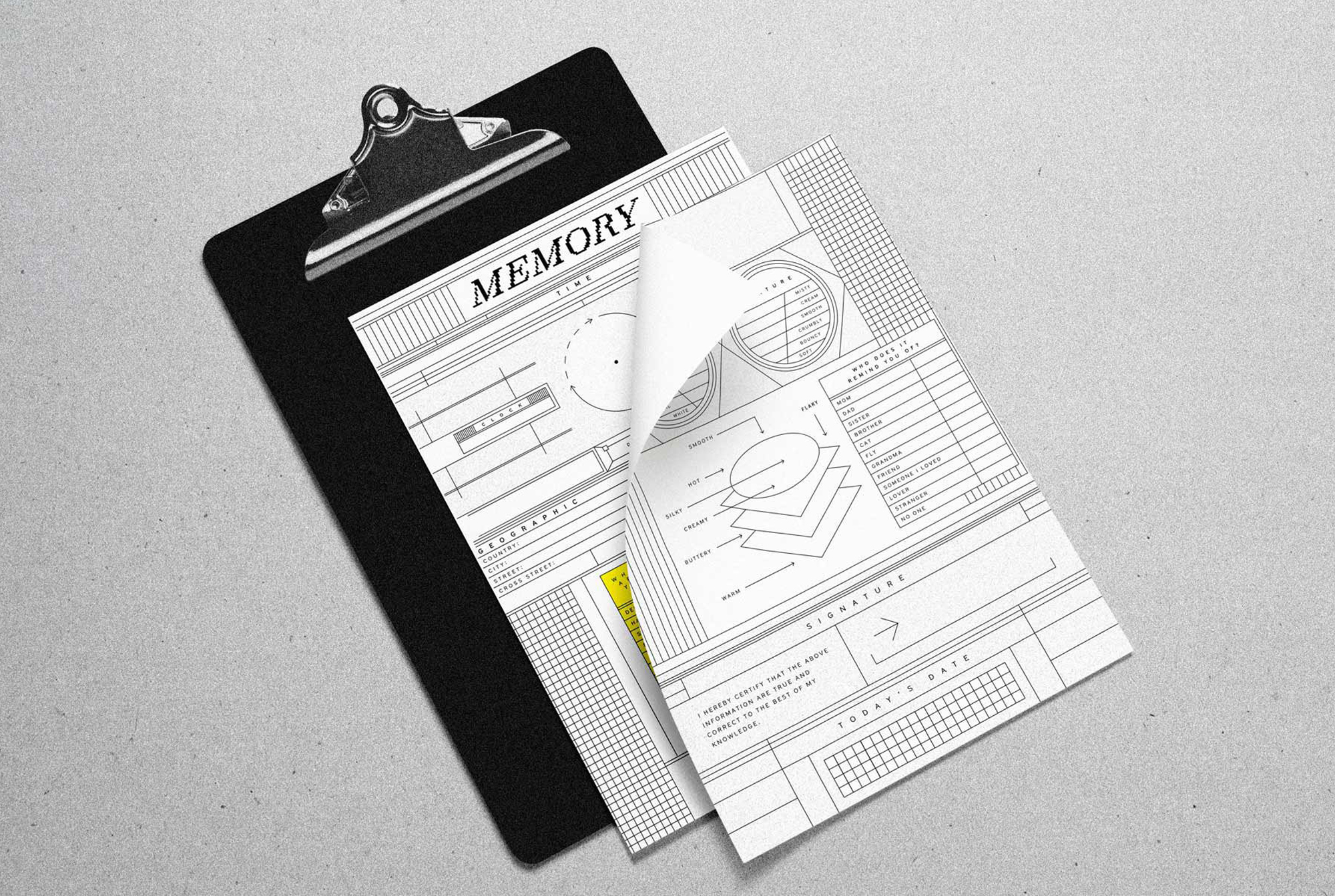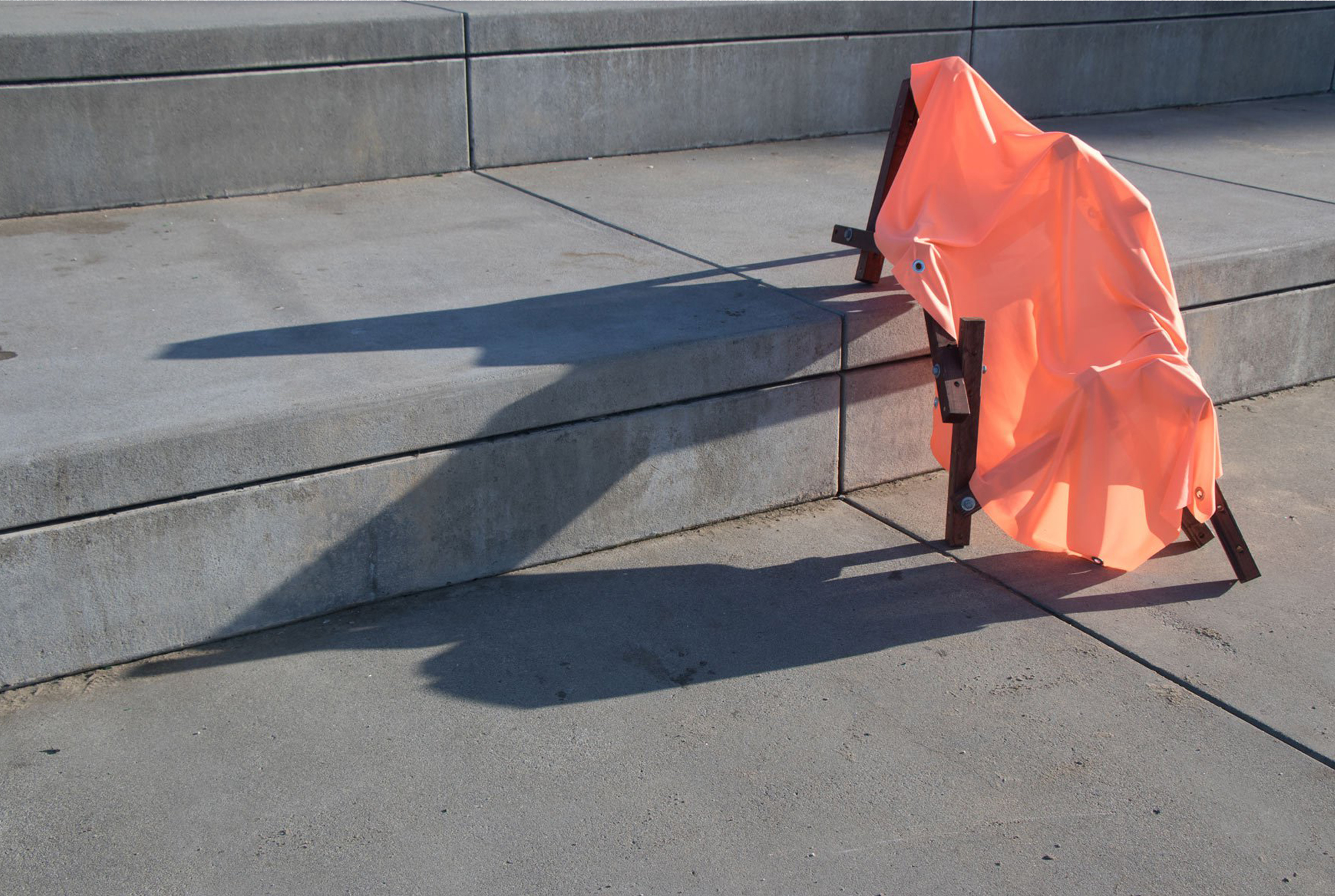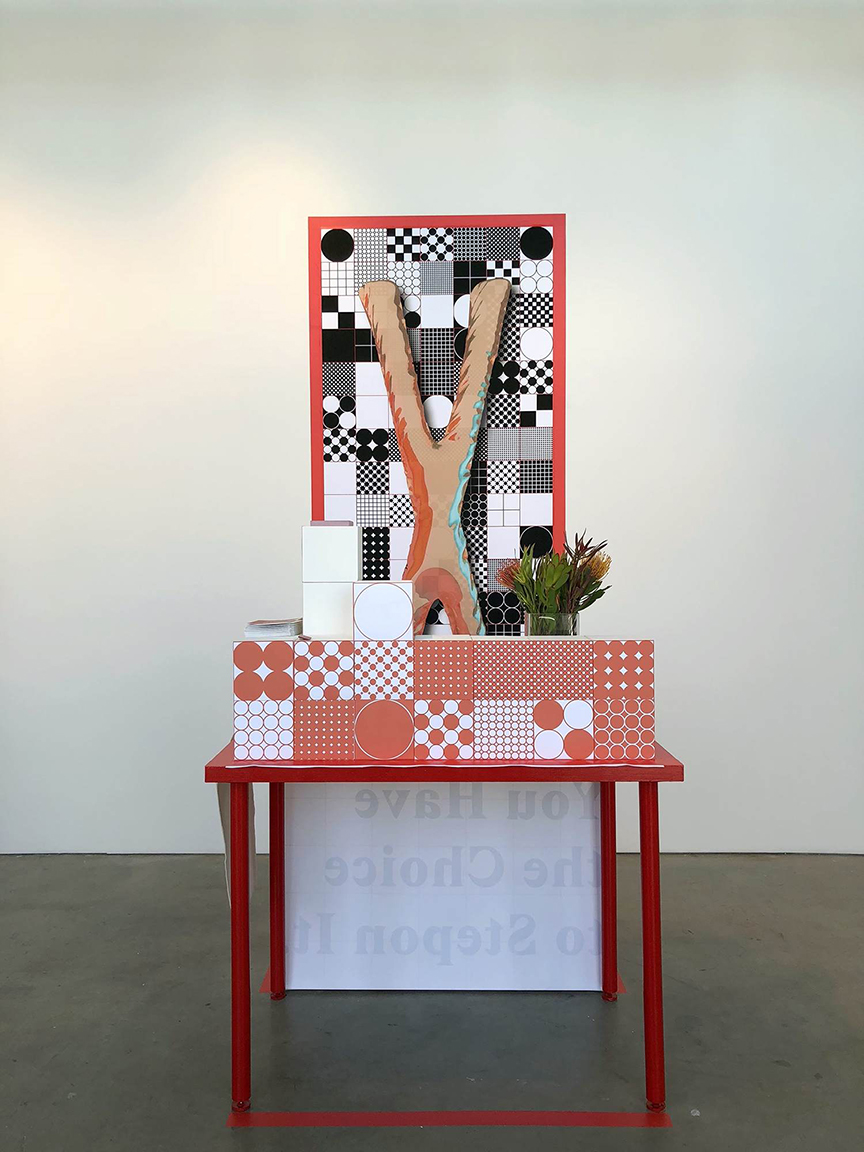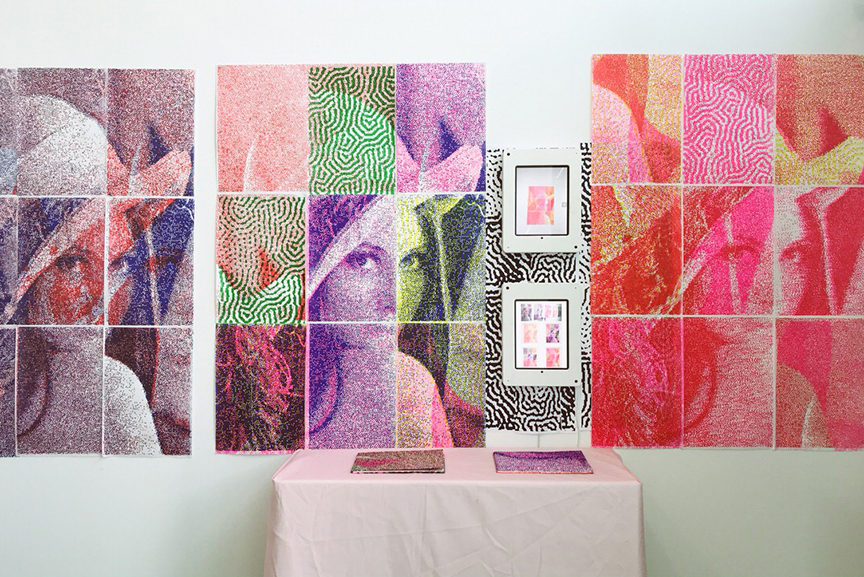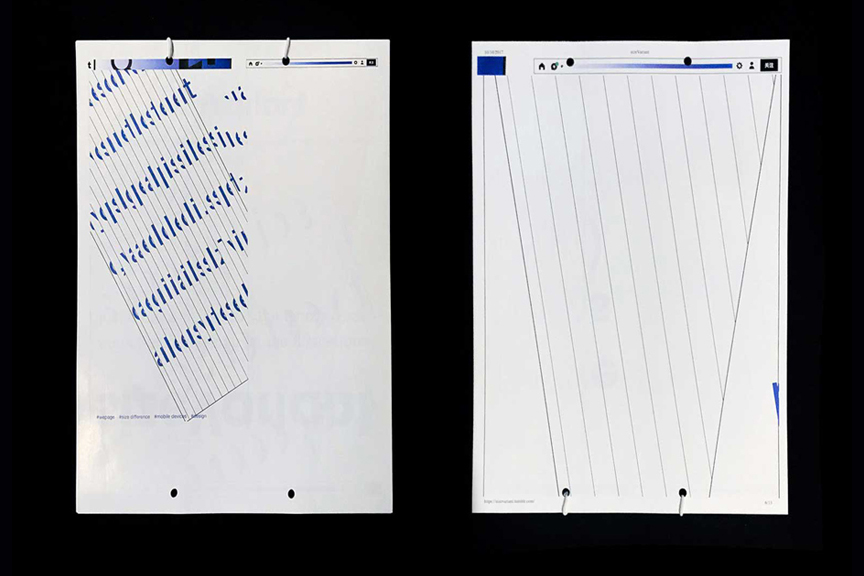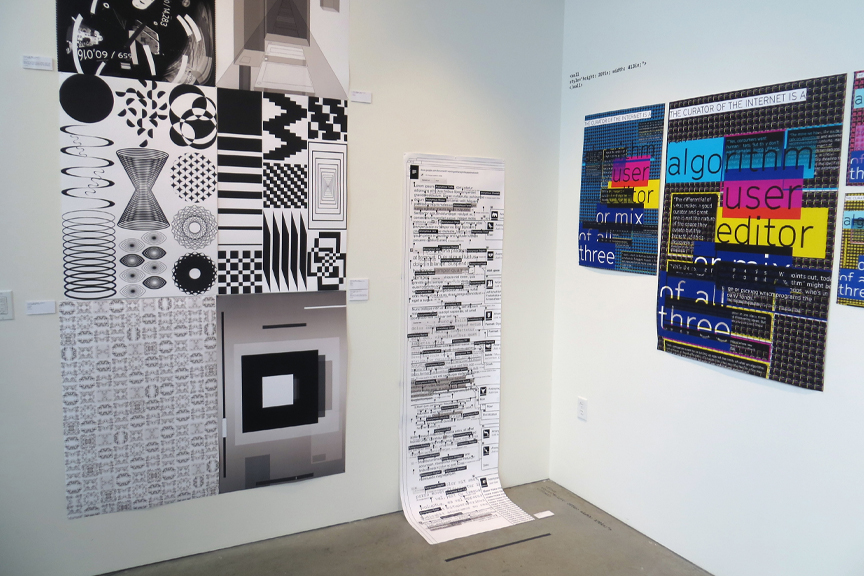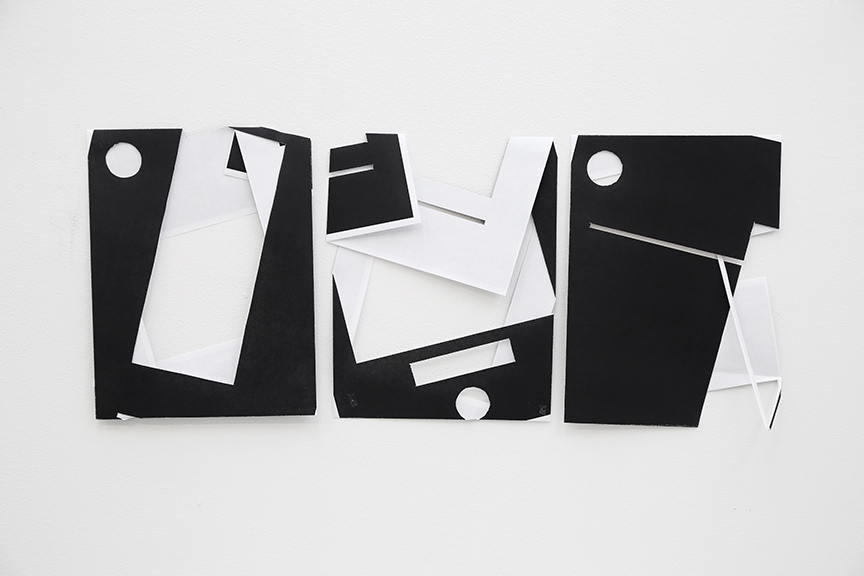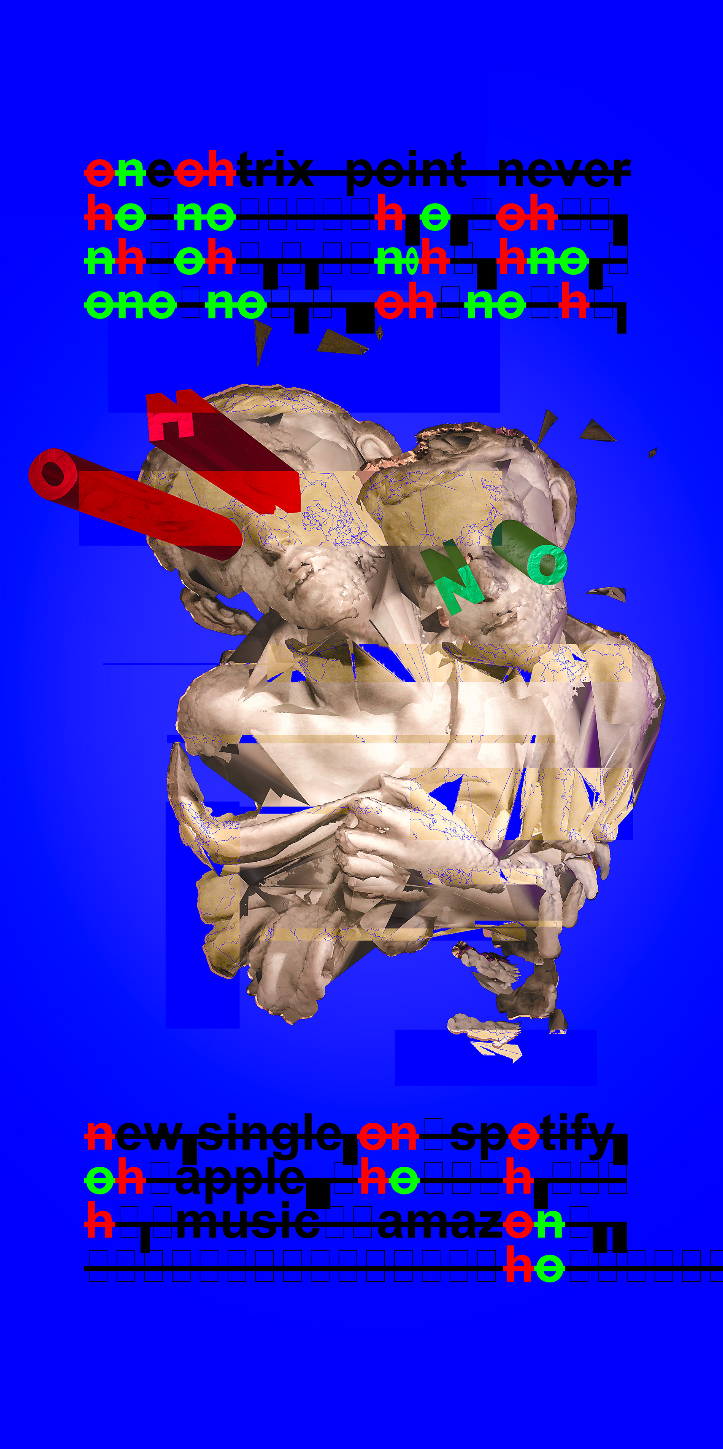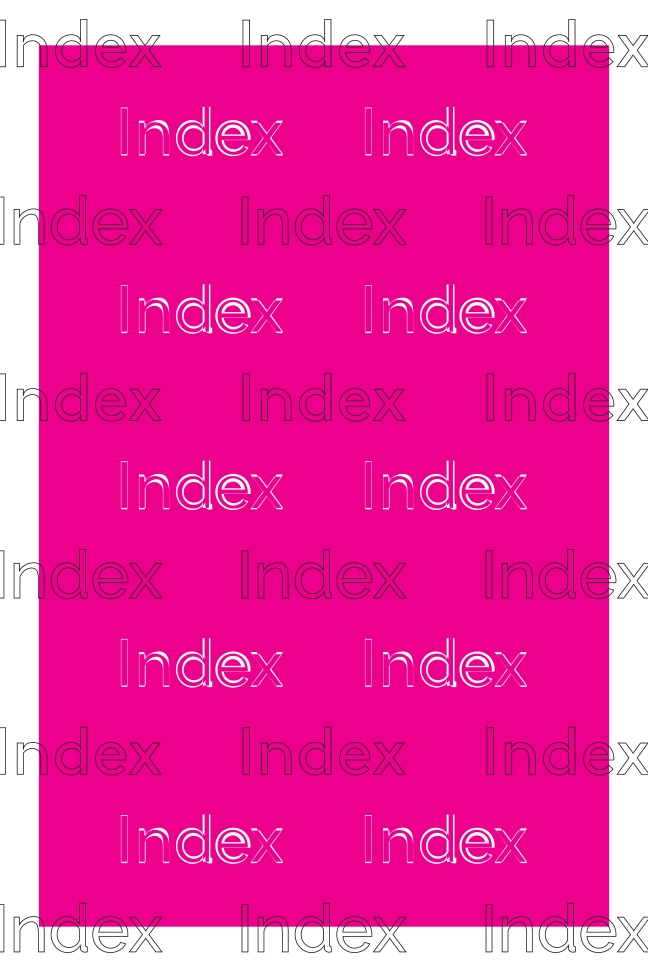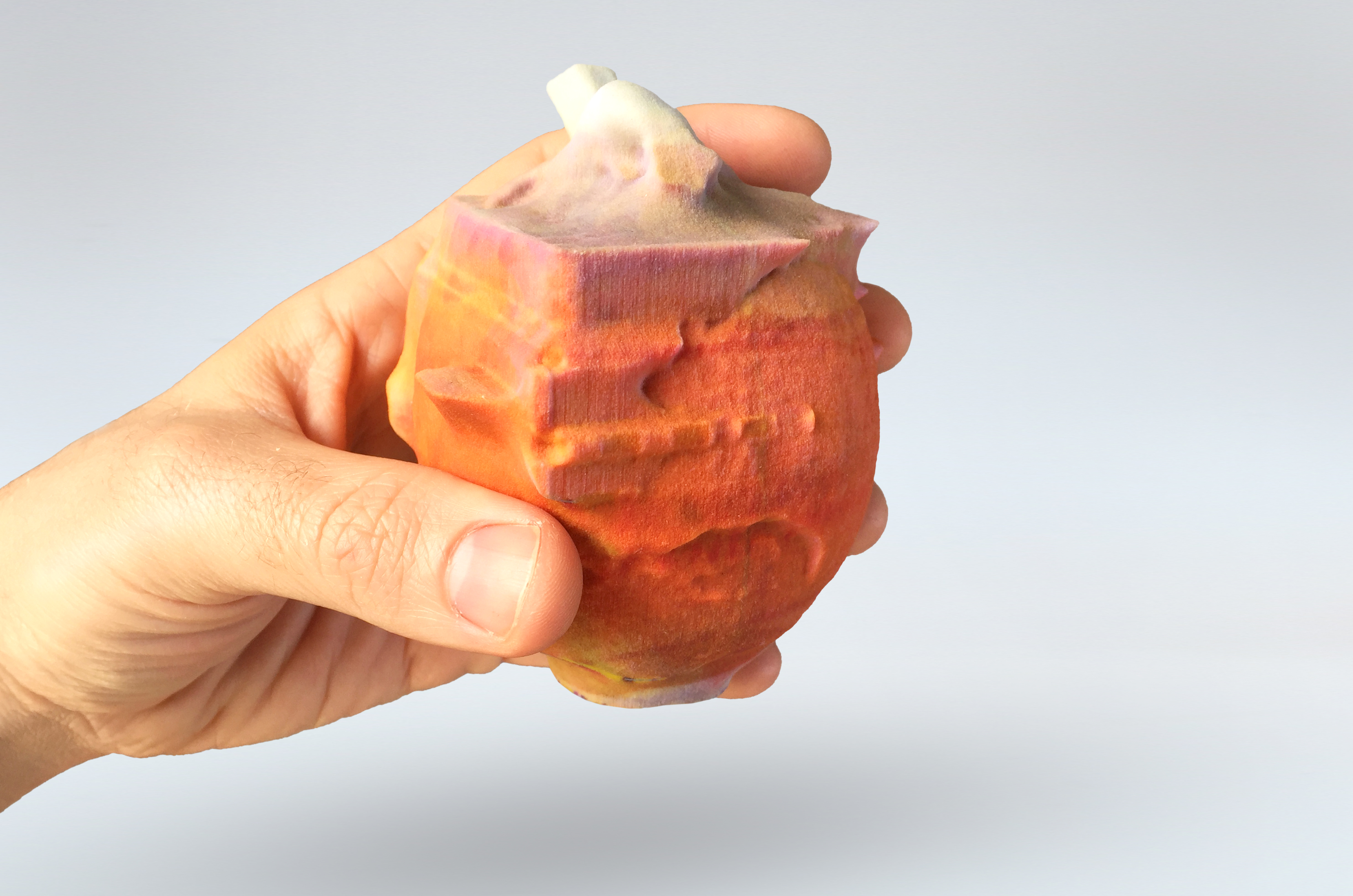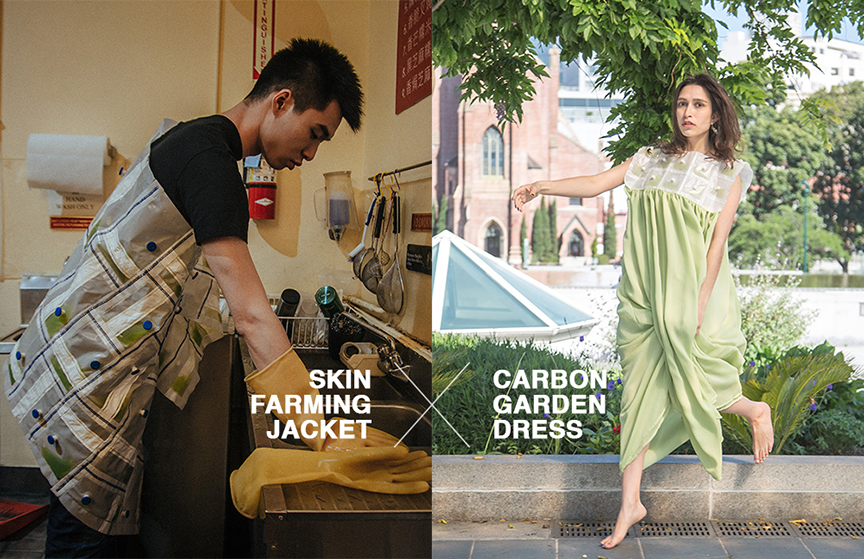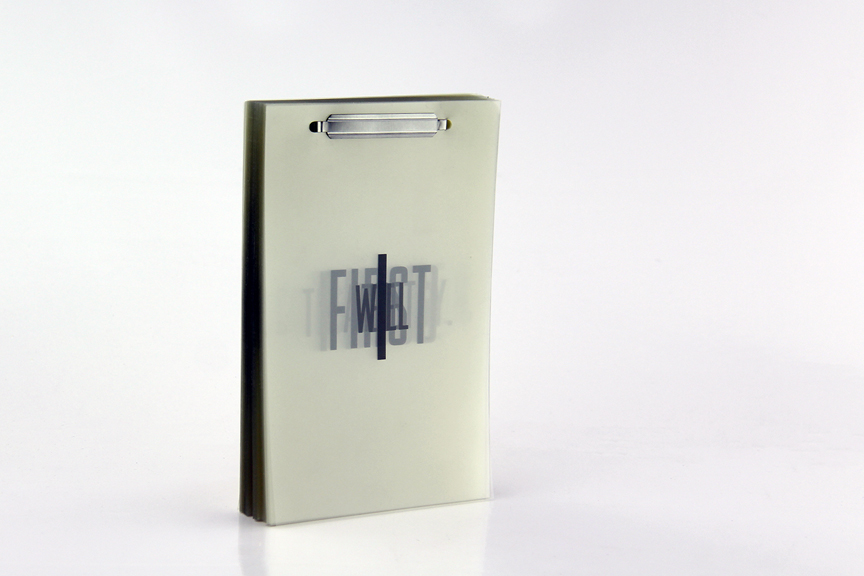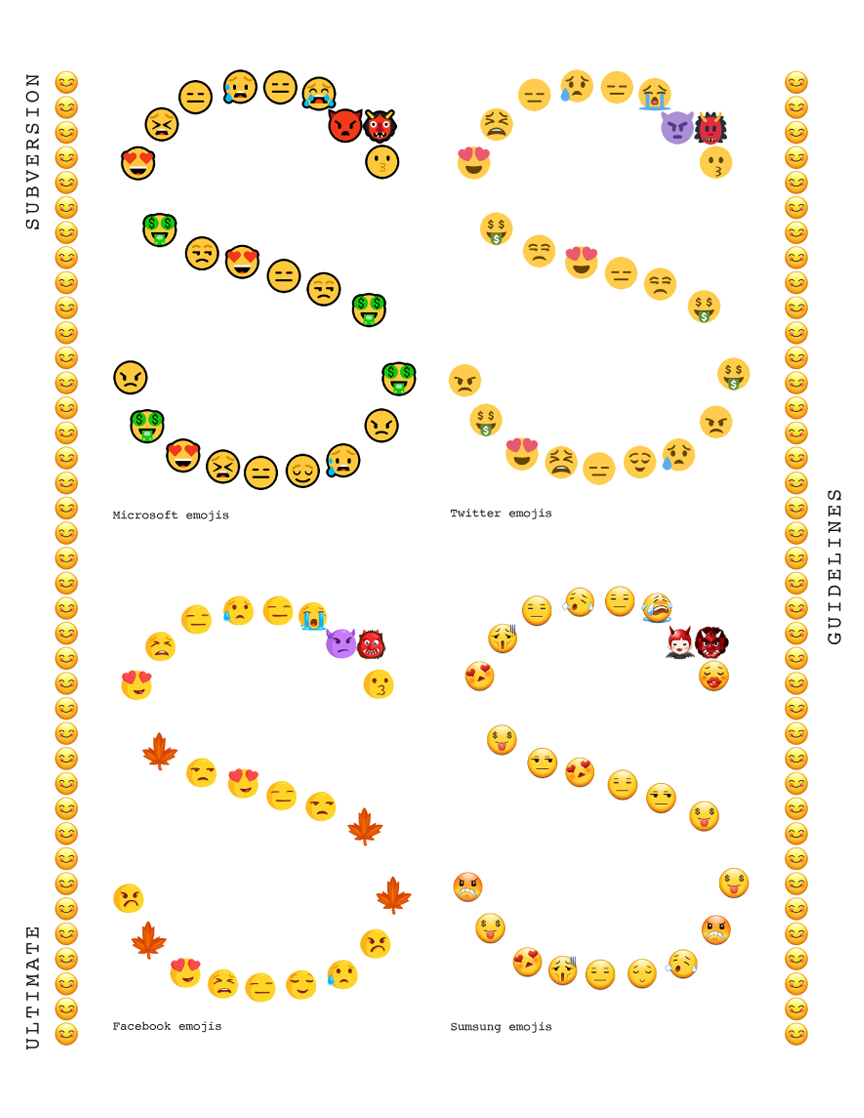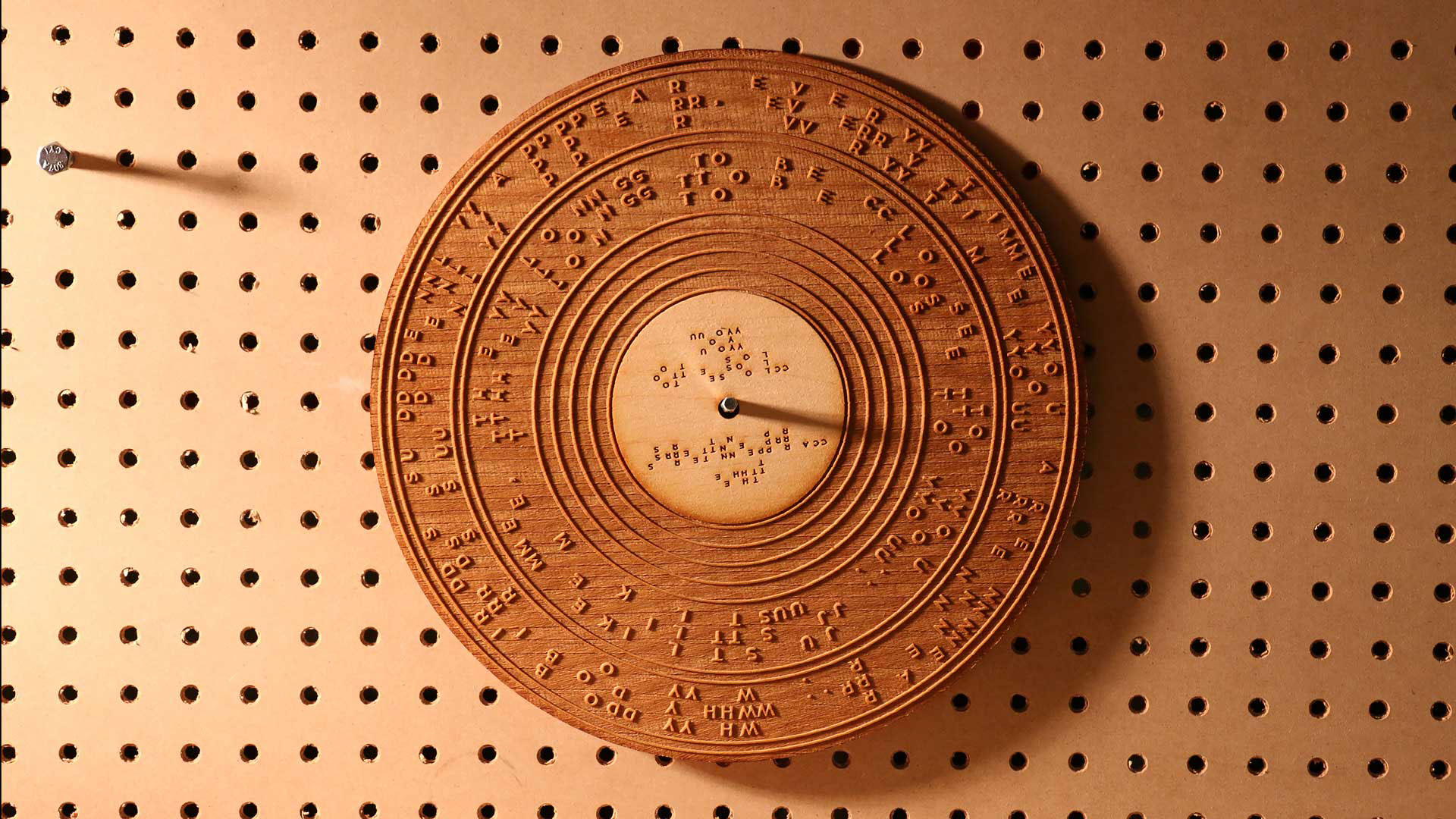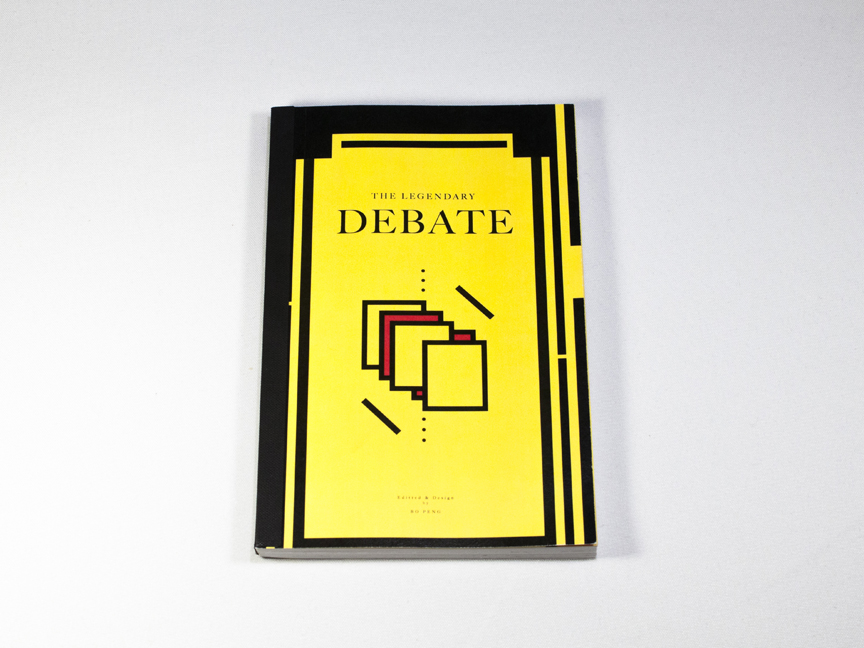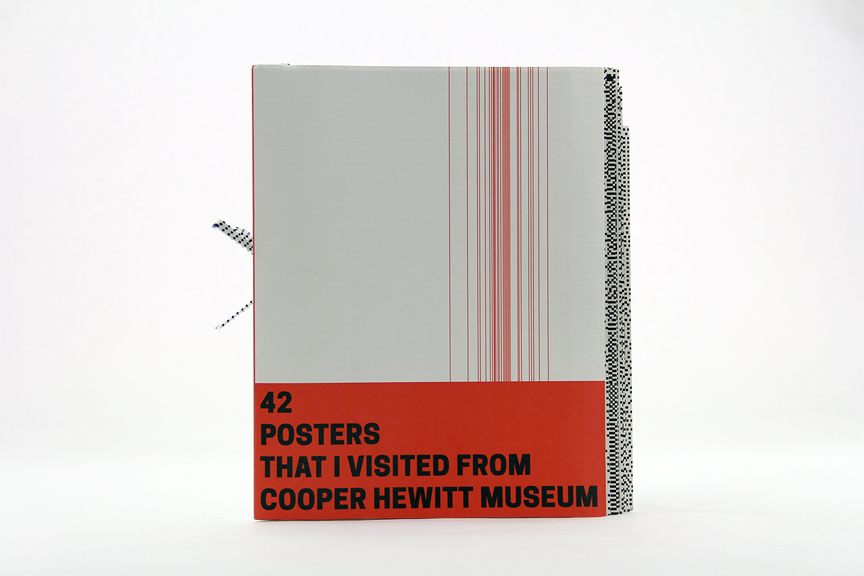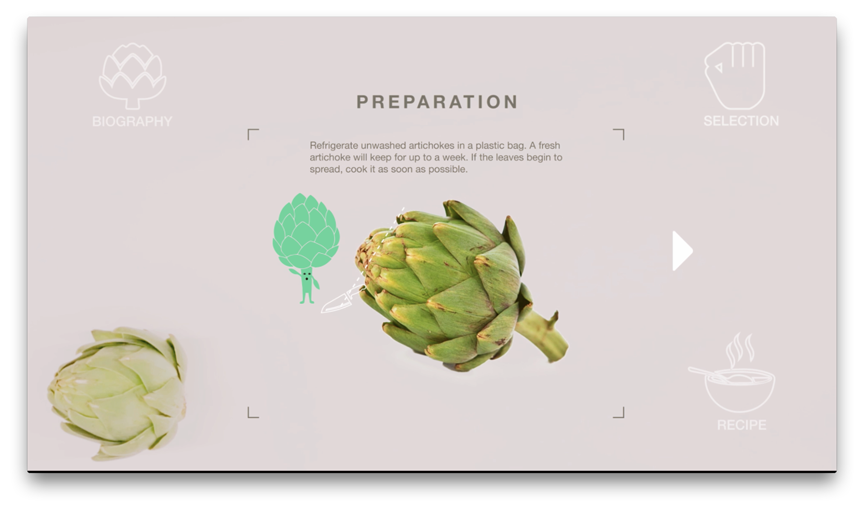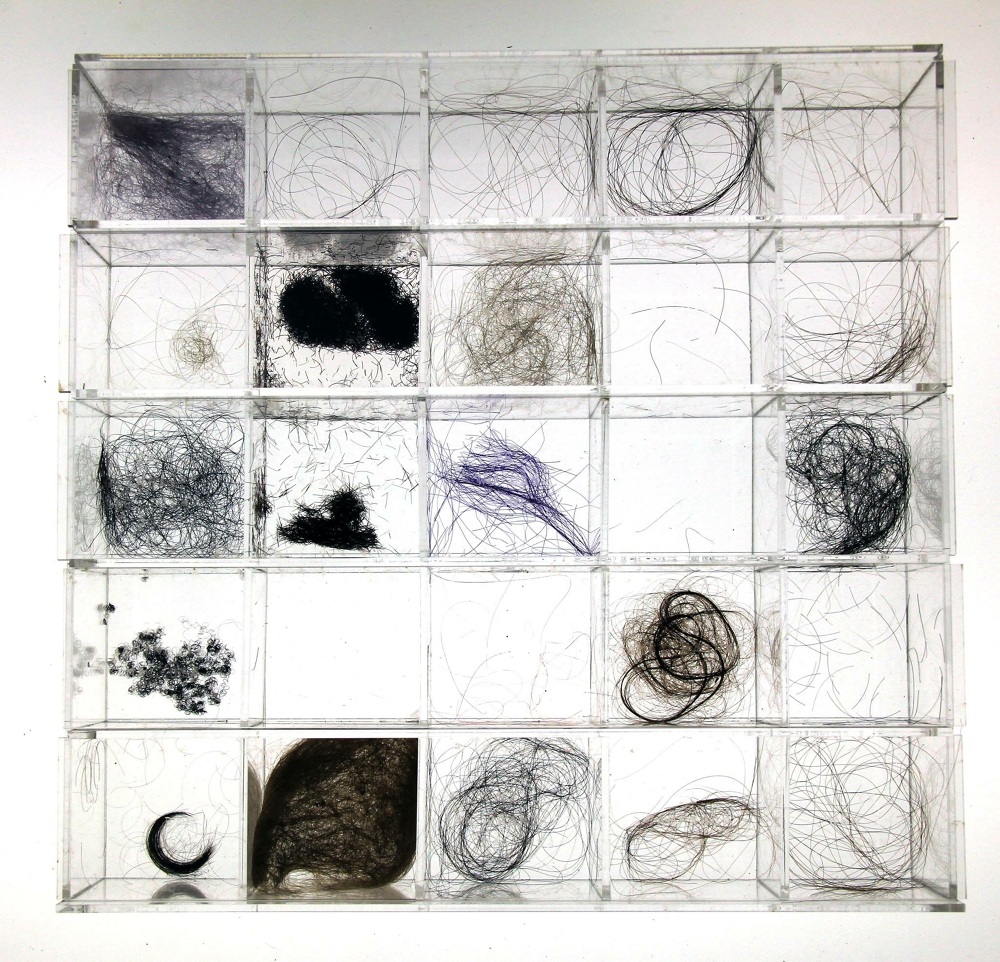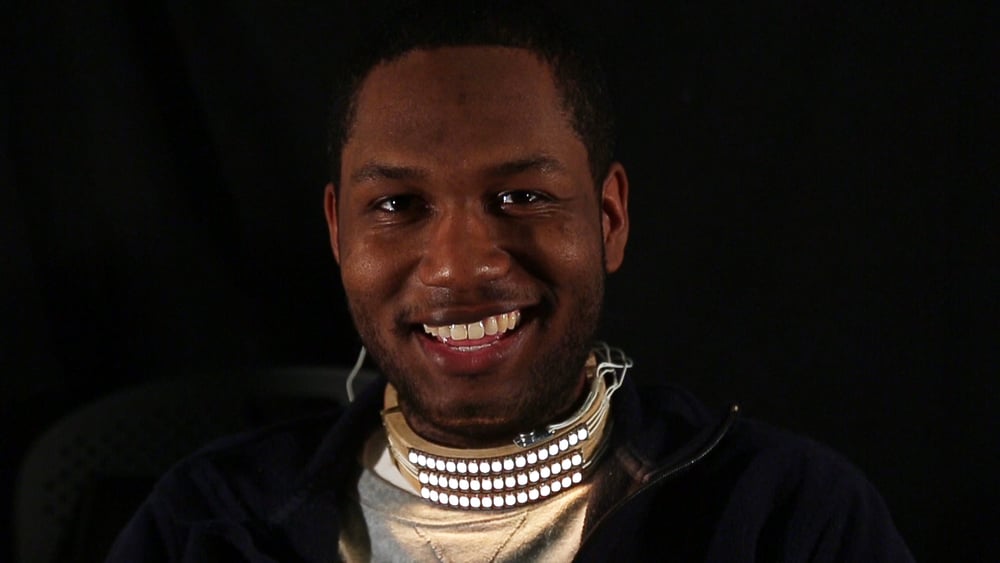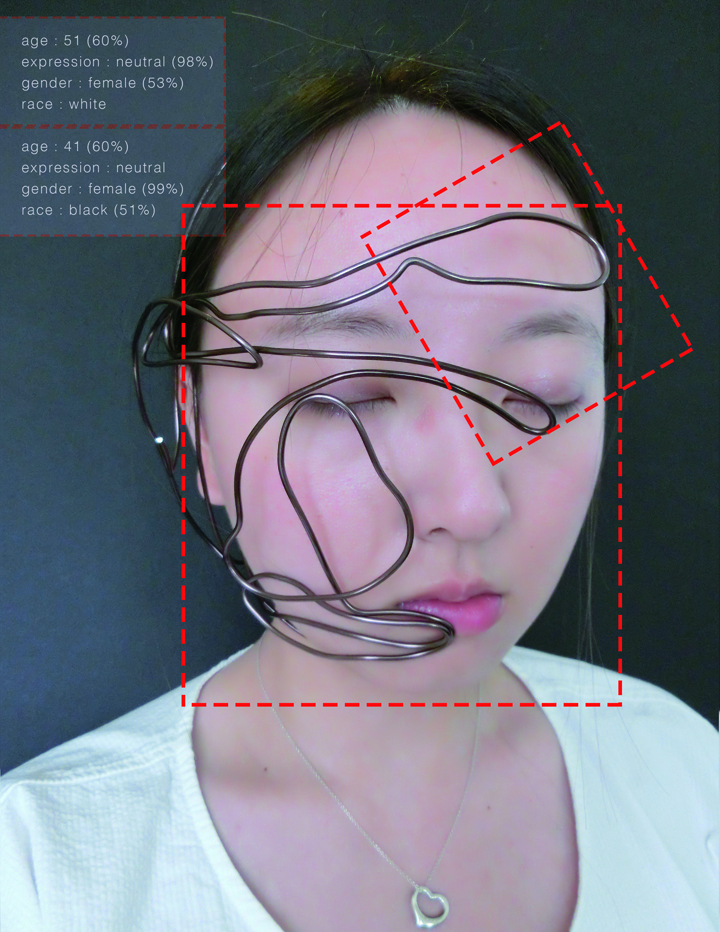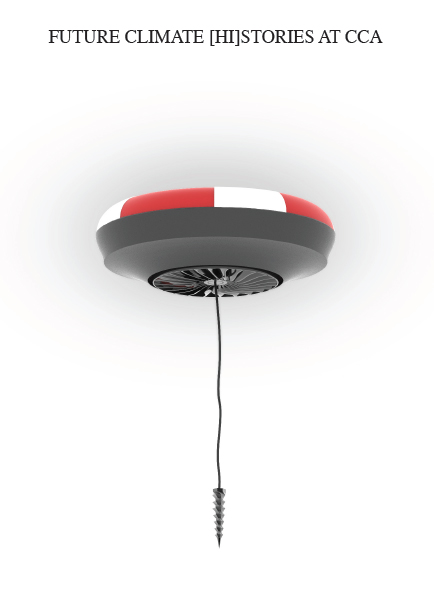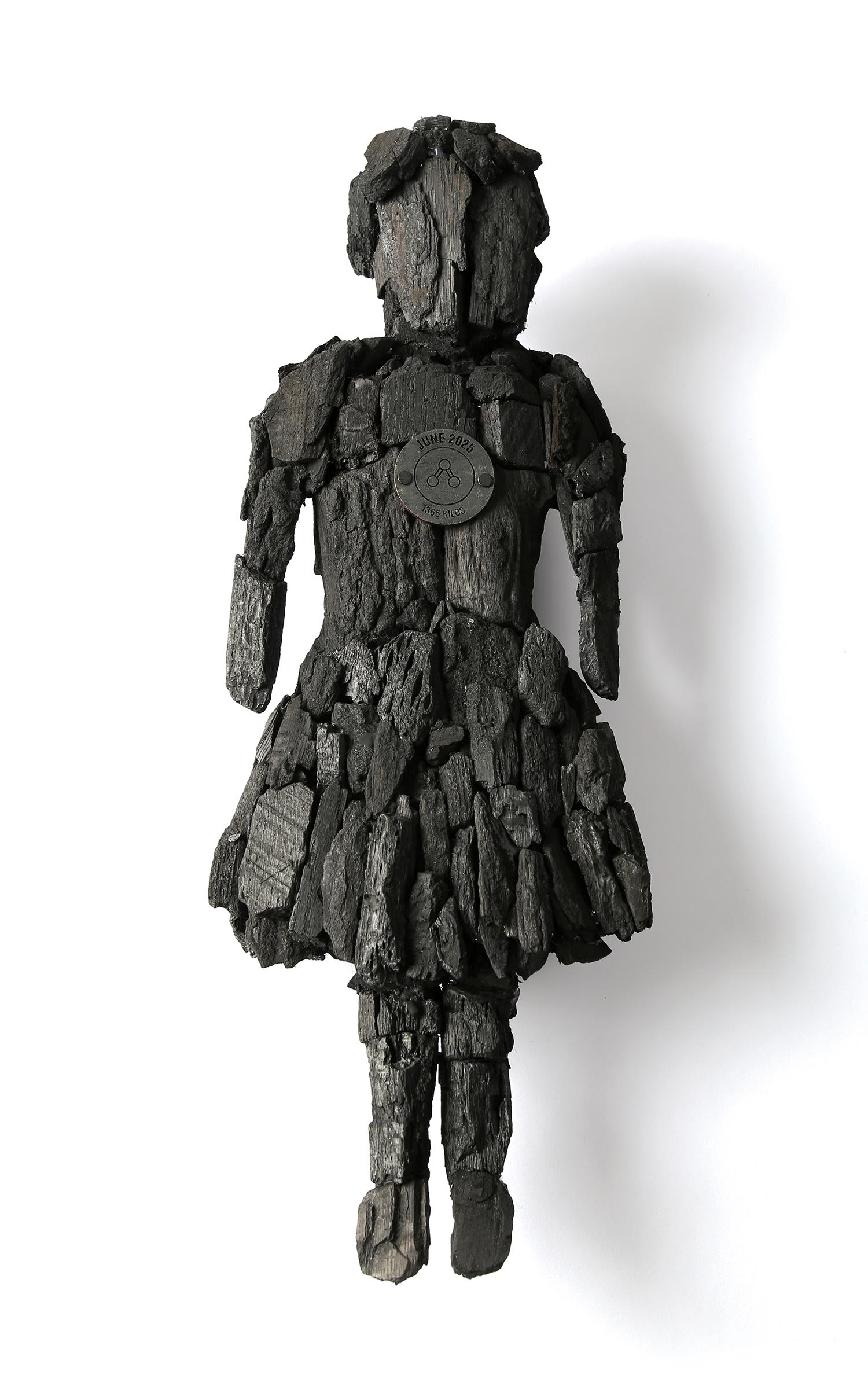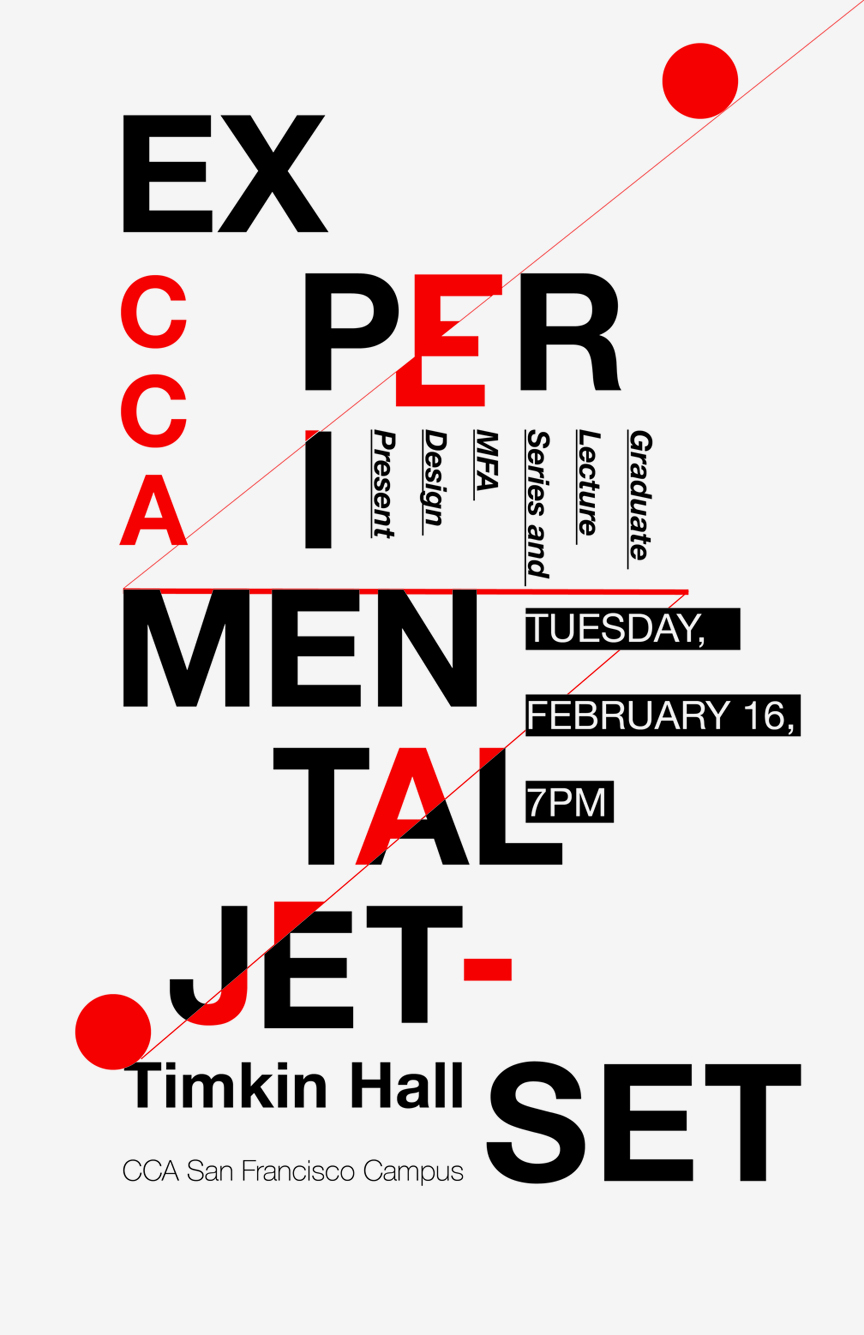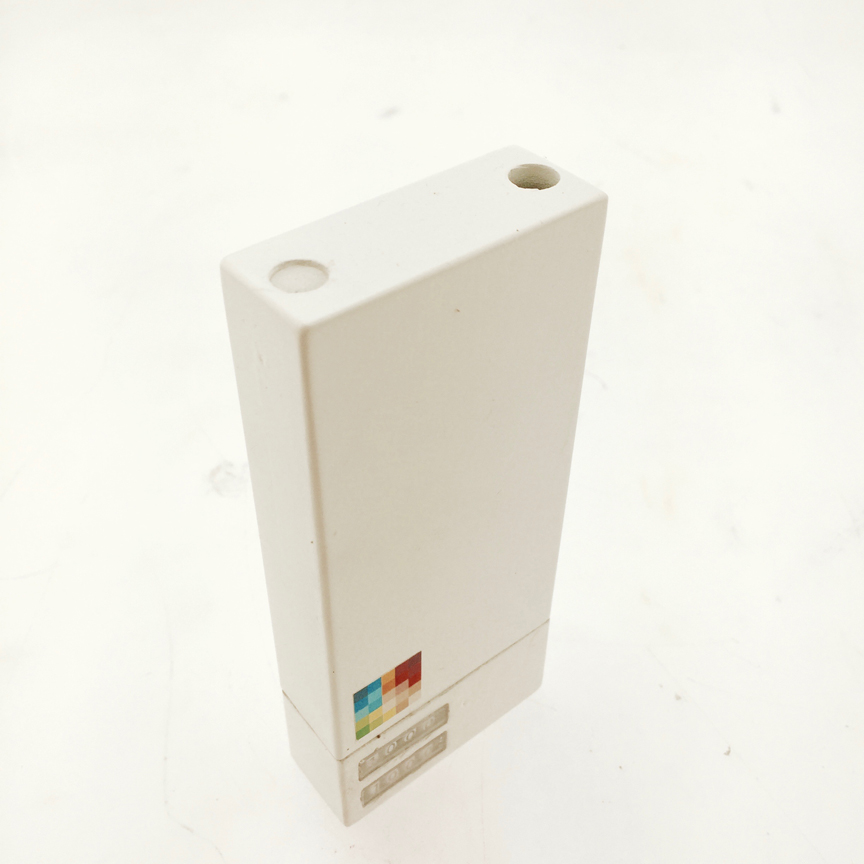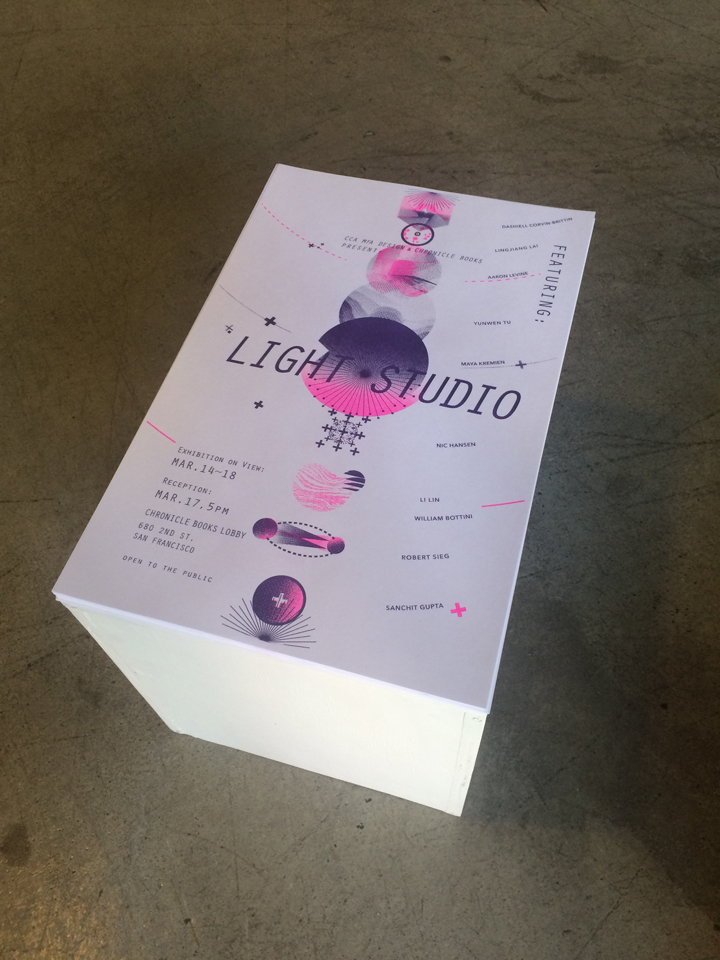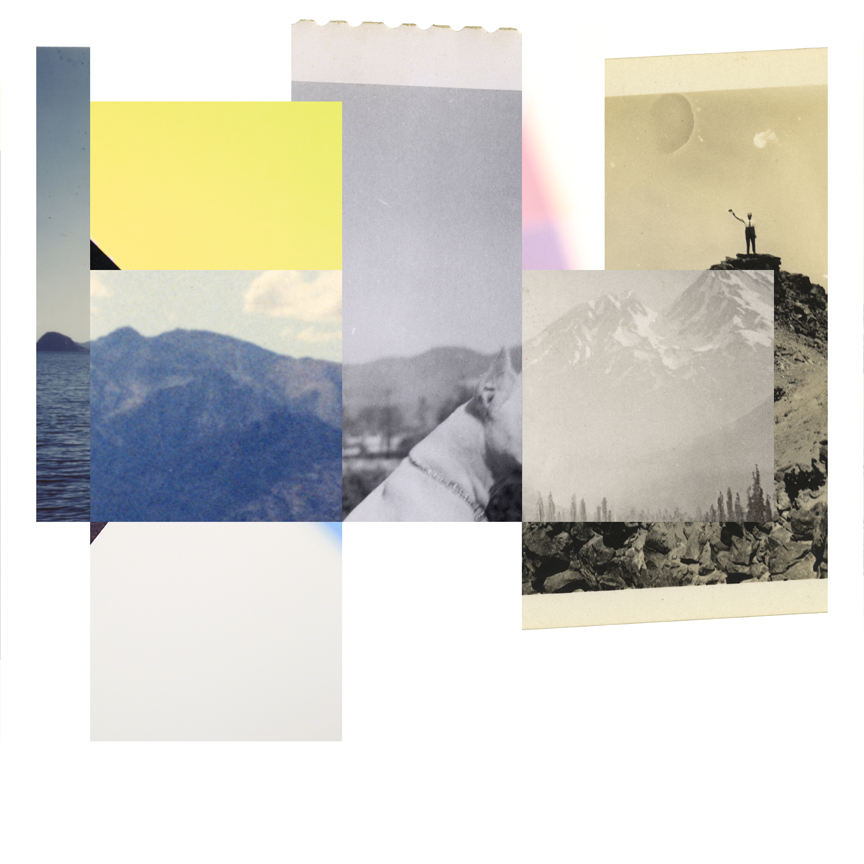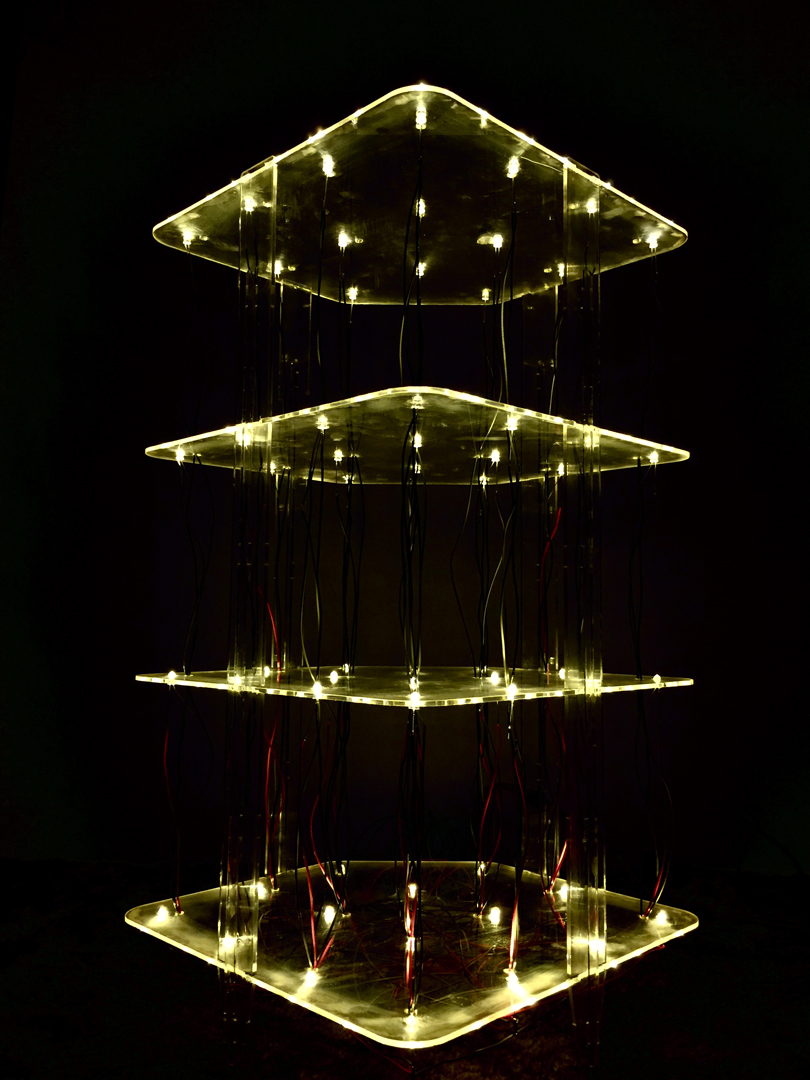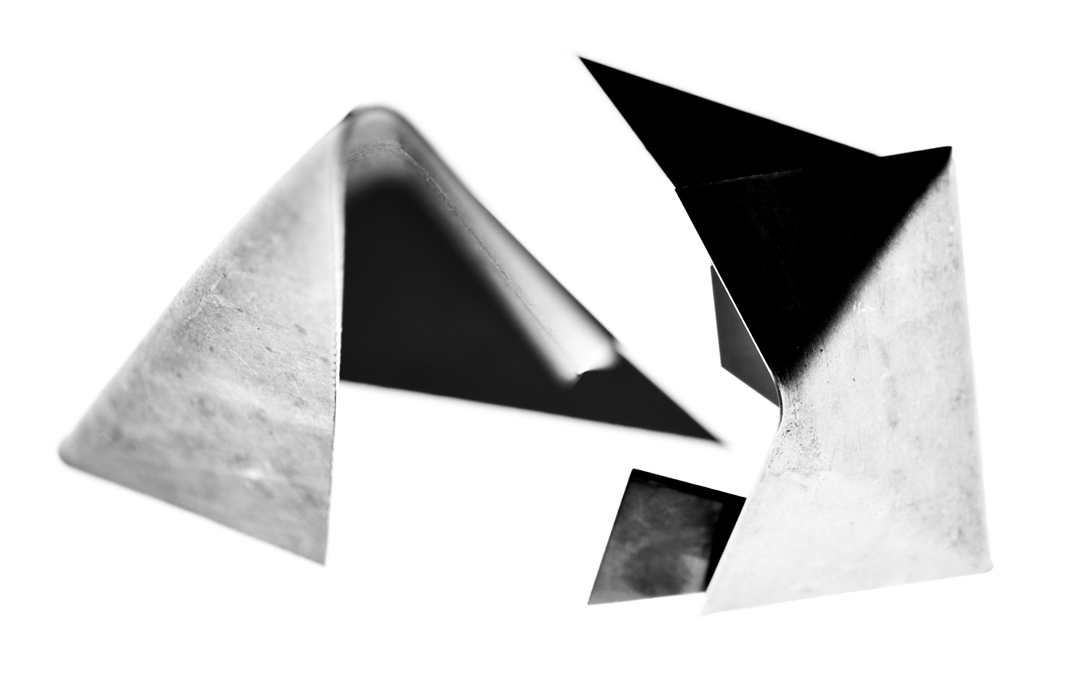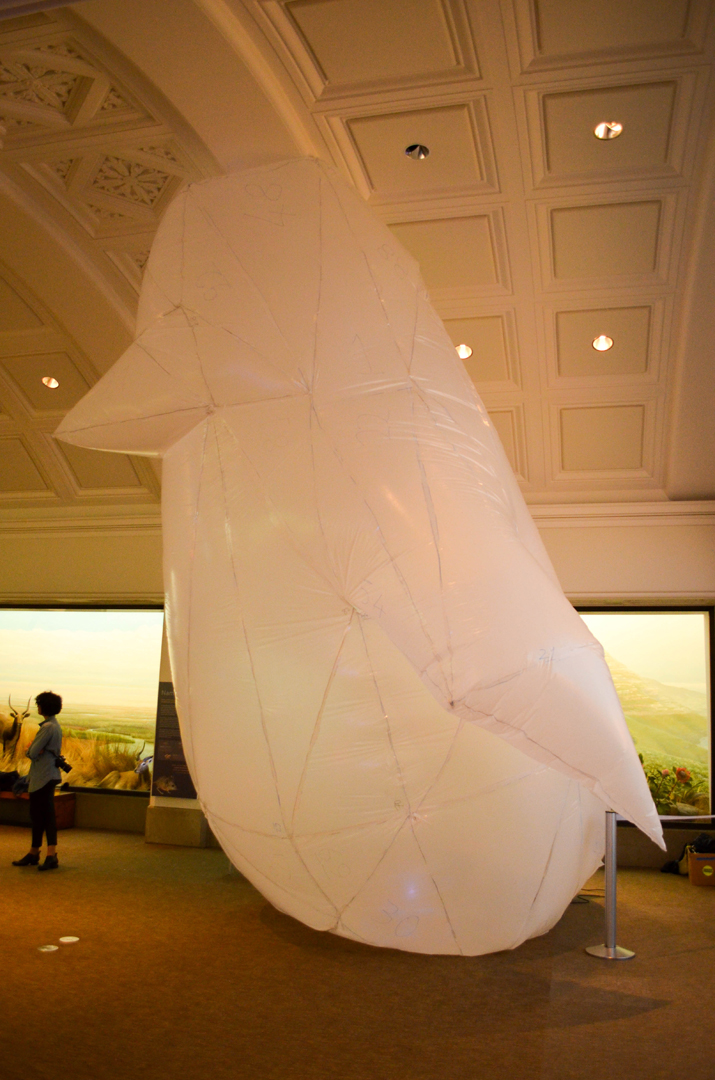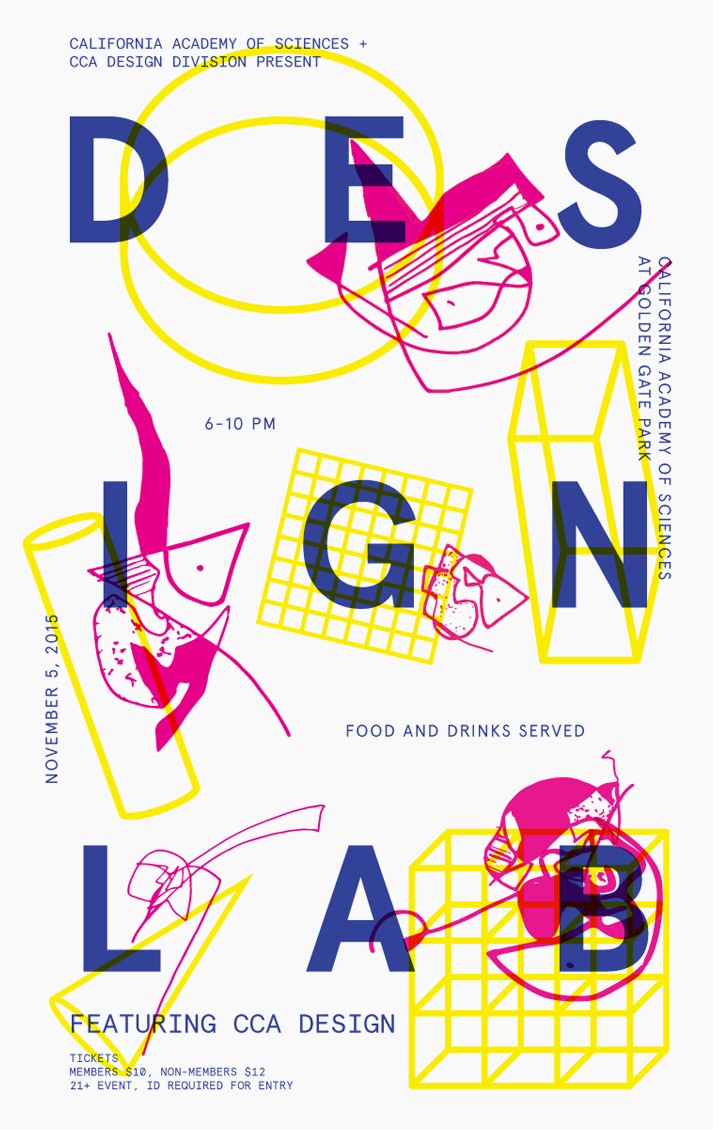
Lecture: Thursday, February 13
7pm
Nave Alcove, CCA SF Campus
1111 Eighth St.
Emmet Byrne is the design director and associate curator of design at the Walker Art Center in Minneapolis. He provides creative leadership and strategic direction for the Walker in all areas of visual communication, branding, and publishing, while overseeing the award-winning in-house design studio. The exhibition Designs for Different Futures—a show about how design helps complicate and create multiple futures which he co-curated—recently opened at the Philadelphia Museum of Art. He was one of the founders of the short-lived design magazine Task Newsletter in 2009 and is the creator of the Walker’s Intangibles platform—a product line of objects with no physical form. His work has been recognized by the NY Times, Wired Magazine, Grafik, Creative Review, among many others; featured in exhibitions such as the 2nd Istanbul Design Biennial and the 27th Brno Biennial; and his book design has twice won the Core77 award for Visual Communication. He is the editor of the Walker’s impulsive design blog, The Gradient.
Presented by CCA Design Division, MFA Design, and Curatorial Practice programs

